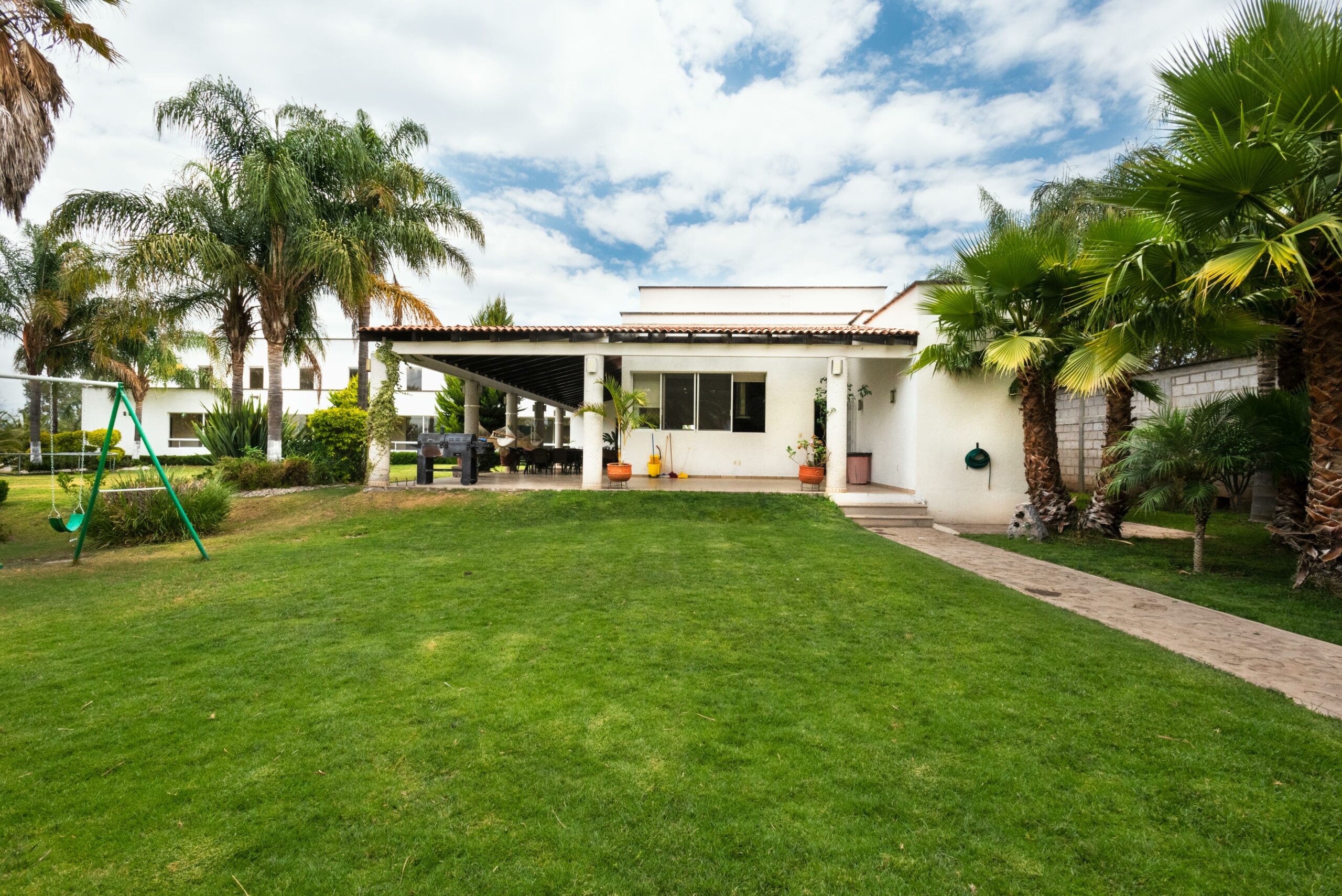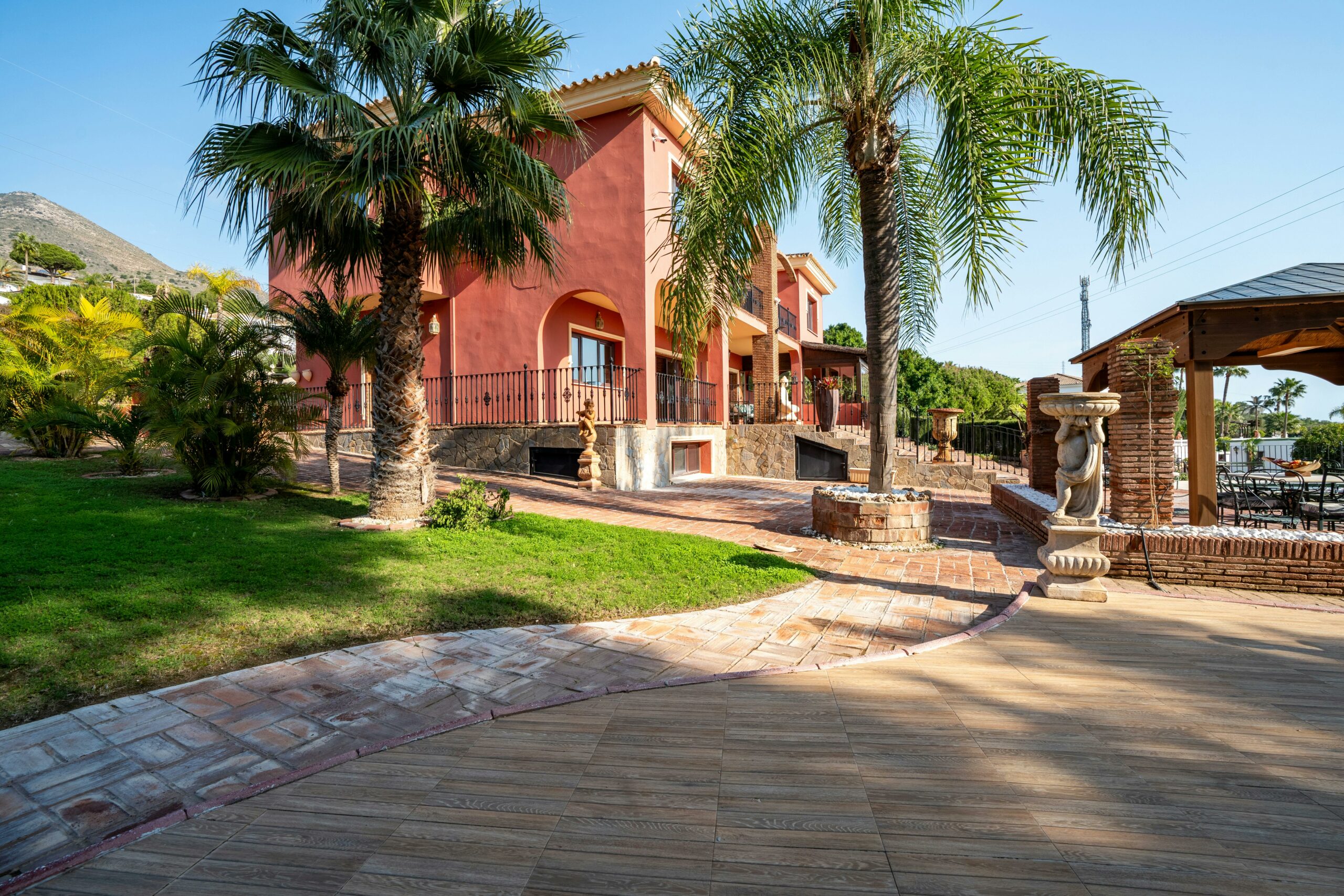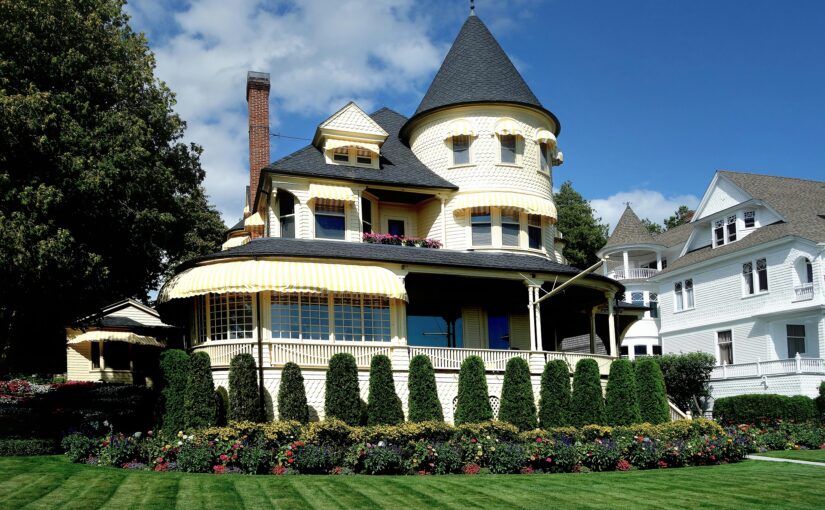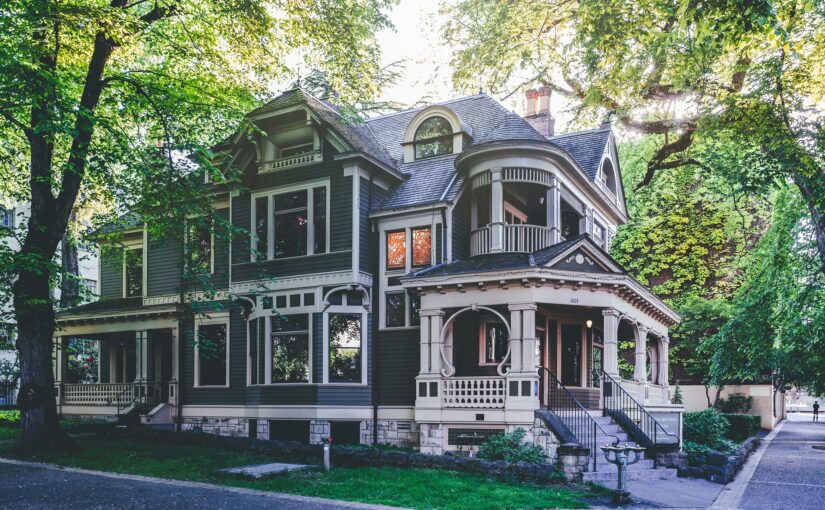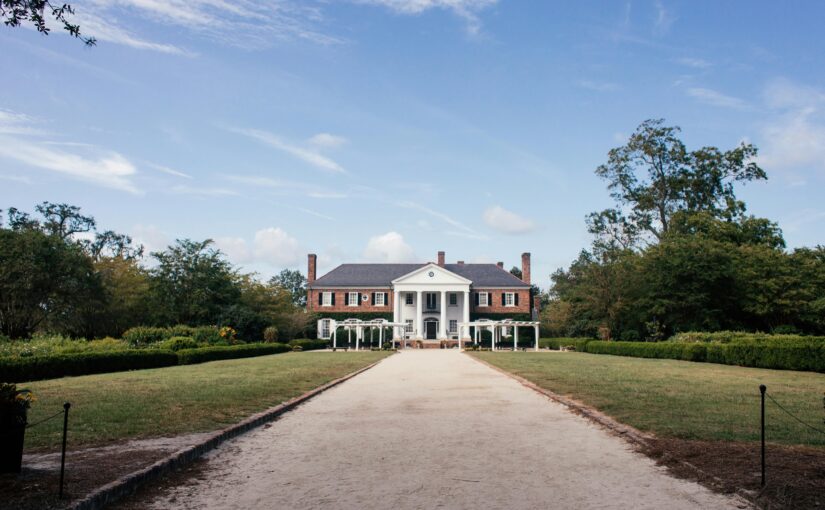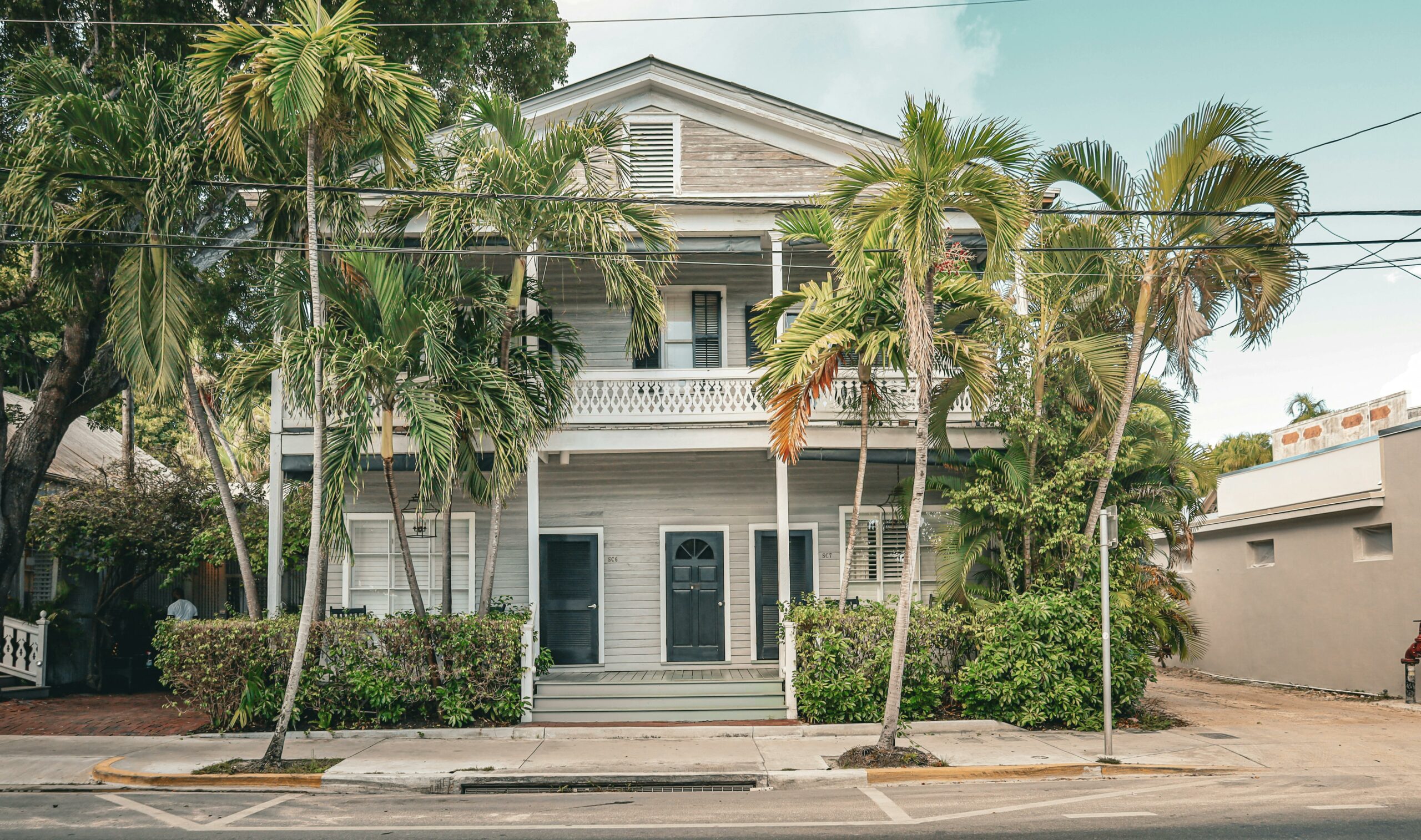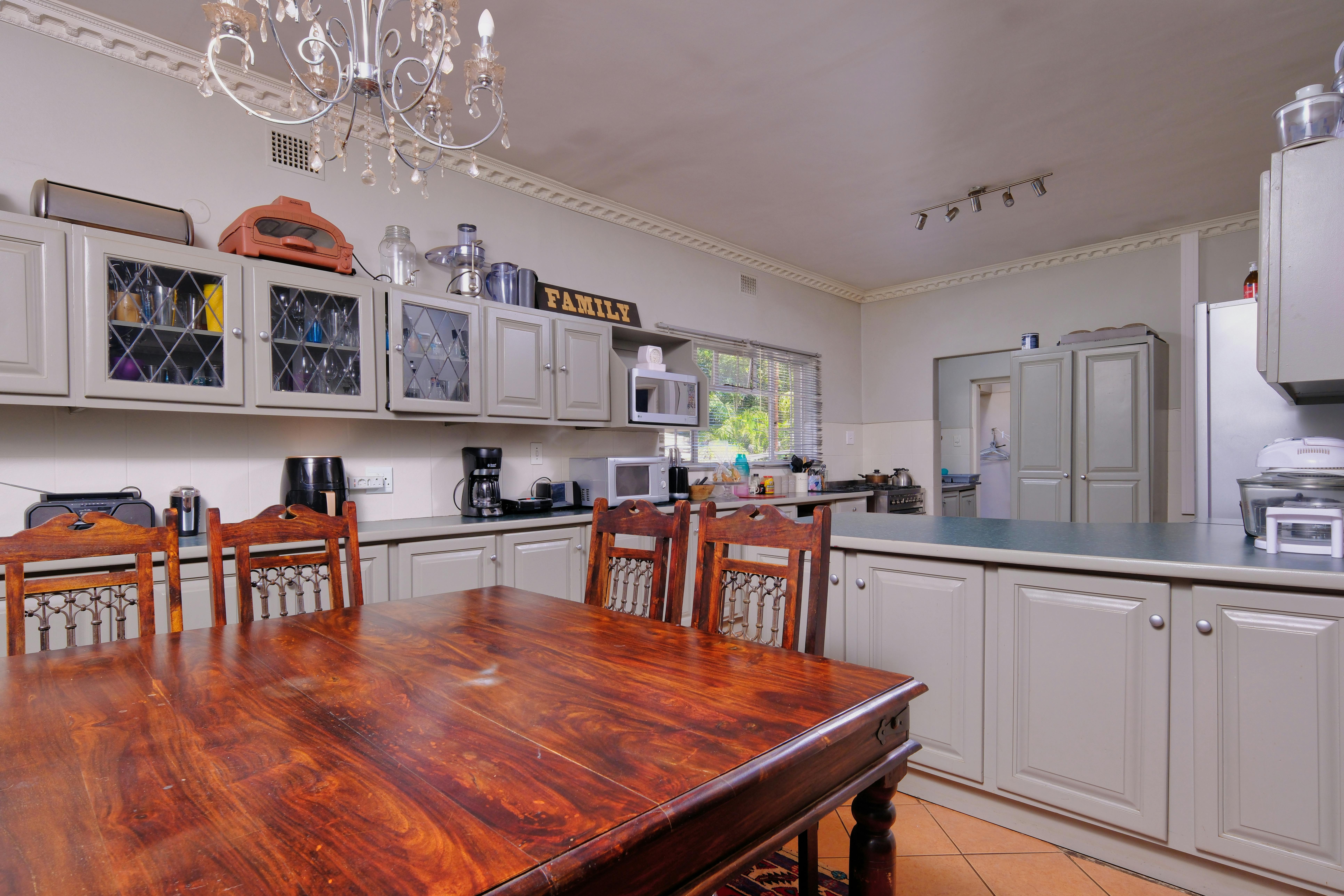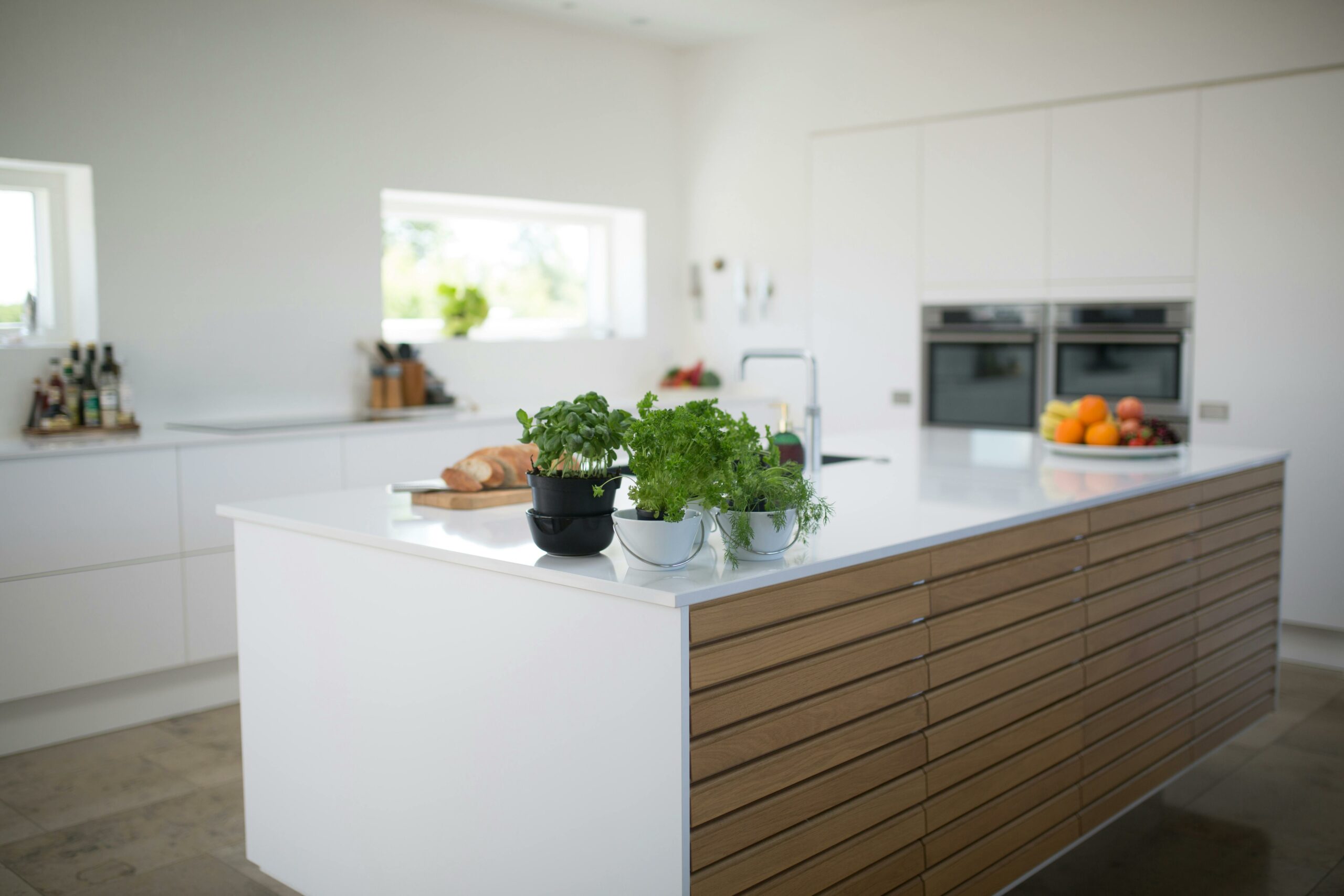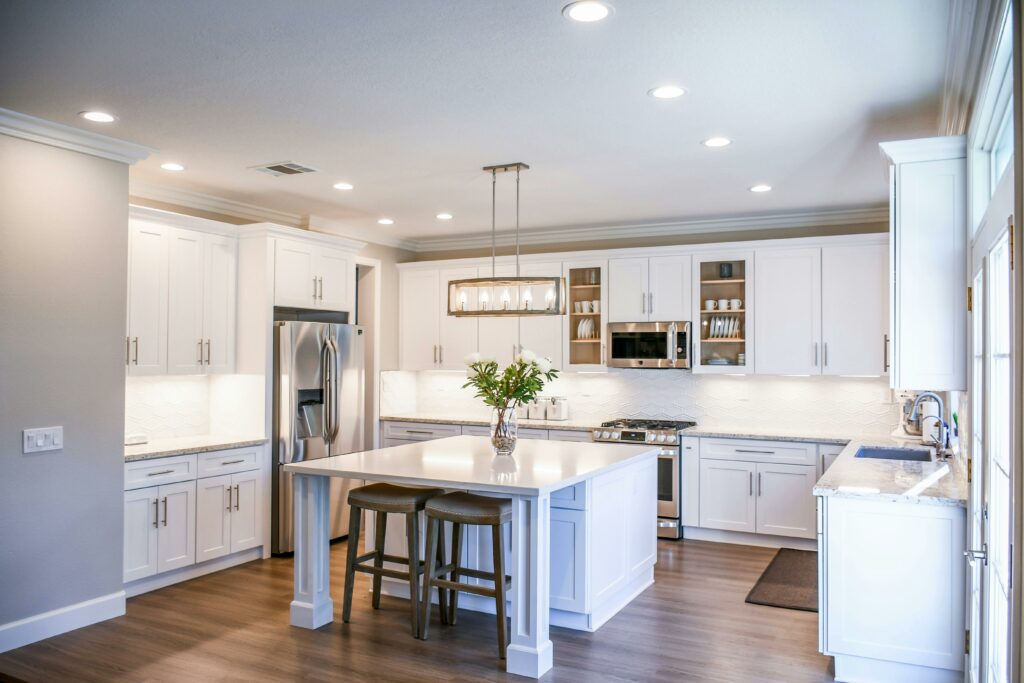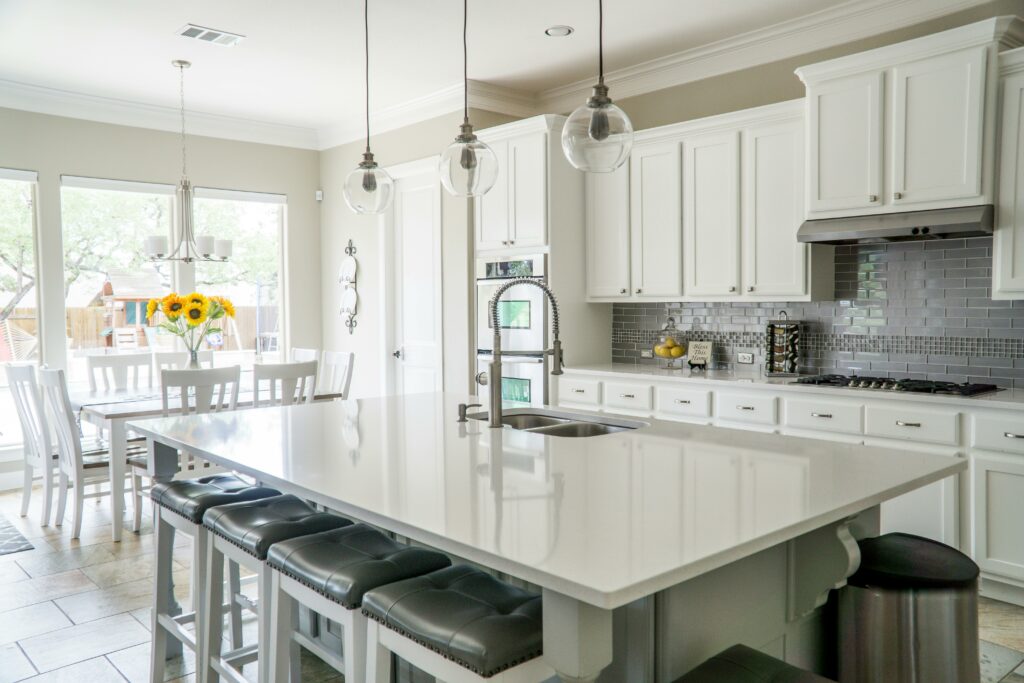Are you struggling to sell your Missouri home quickly? Cash home buyers might be your solution. They streamline the process, bypassing traditional delays like financing or lengthy negotiations for faster closings.
Facing urgent financial needs or a sudden relocation? These buyers offer swift deals, often closing in days, not months. You can avoid repairs or showings, saving time and stress.
Need a reliable partner for a speedy sale? Trust Reliable Cash House Buyers to deliver fast, hassle-free transactions tailored to your timeline in Missouri.
What Defines a Cash Offer?
Ever wondered what a cash offer really means in real estate? It’s when a buyer purchases a property outright, without needing a mortgage or financing.
- Cash Offer Basics: This means the buyer has the funds ready, making the deal quicker since there’s no lender involvement or loan approval wait.
- Why Sellers Love It: Sellers often prefer these offers because they eliminate the risk of financing falling through, ensuring a smoother transaction.
- Common Scenarios: Cash offers often come from investors, recent home sellers with proceeds, or buyers in competitive markets looking to stand out.
Understanding cash offers can give you an edge in Missouri’s fast-paced market. Knowing their appeal might just help you decide your next move.
How Fast Are Cash Transactions?
Curious about the speed of cash transactions in Missouri? These deals often close in as little as 7 to 14 days, unlike traditional sales.
Timeline Comparison
Traditional mortgage deals can take over 40 days due to underwriting. Cash skips this, letting you wrap up much sooner in most cases.
No Financing Delays
Without loans, there’s no waiting for bank approvals. Imagine signing papers and getting keys in half the time—cash makes this possible for you.
Streamlined Paperwork
Paperwork in cash sales is minimal. Skip the lender forms and focus on title and deed, speeding up the process significantly in Missouri markets.
Quick Fund Verification
Buyers show proof of funds upfront, so there’s no guessing if they can pay. This cuts hesitation, pushing deals to close faster for everyone.
What Steps Speed Up Sales?
Want to know what makes cash sales in Missouri lightning-fast? Several key steps cut down delays, getting you to closing in record time.
- Skipping Mortgage Approval: No lender means no waiting for loan processing, shaving weeks off the timeline compared to traditional home sales.
- Fewer Contingencies: Cash deals often skip financing or sale contingencies, reducing hurdles and letting you move forward without unexpected stops.
- As-Is Purchases: Many cash buyers take homes as-is, so you avoid repair negotiations or delays, speeding up the sale process.
- Simplified Closing: With less paperwork and no lender fees, closing becomes a breeze, often finalized in under two weeks.
These steps make cash sales a quick option in Missouri. If speed is your priority, this route might be worth exploring soon.
Why Cash Reduces Sale Risks?
Thinking about risks when selling your Missouri home? Cash offers cut down on uncertainties, giving you more confidence that the deal will stick.
No Financing Fall-Through
Unlike mortgage deals, cash eliminates the chance of a buyer’s loan failing. This means you’re less likely to face last-minute deal collapses.
Fewer Contingencies
Cash buyers often skip contingencies like appraisals, reducing potential roadblocks. You can move forward knowing fewer issues might derail the sale.
Proof of Funds
Buyers must show they have the money upfront. This proof reassures you that they’re serious and capable of completing the purchase quickly.
Market Stability
Cash deals aren’t swayed by interest rate changes or lending shifts. You’re protected from market volatility that could impact traditional buyers’ offers.
How Cash Enables Quick Closings?
Ever asked how cash leads to quick closings in Missouri? By removing lender involvement, you can finalize deals in days, not weeks.
- No Appraisal Needed: Cash buyers often skip appraisals, avoiding delays from valuation disputes and letting you close without extra steps.
- Less Coordination: Without banks, there are fewer parties to align. This cuts communication lags, speeding up your path to closing.
- Direct Fund Transfer: Funds move via cashier’s check or wire, ensuring instant payment at closing, unlike waiting for loan disbursements.
- Minimal Documentation: You deal with basic title and deed papers, not stacks of mortgage forms, making closings faster and less stressful.
Quick closings are a cash deal hallmark in Missouri. If time is tight, this could be the hassle-free solution you’re looking for.
Are Cash Offers Always Lower?
Do cash offers in Missouri always mean less money? Not necessarily, though they can be lower due to the convenience and speed they offer.
Market Dynamics
In competitive markets, cash offers might match or exceed others to win. You could see strong bids if buyers want your property badly.
As-Is Trade-Off
Cash buyers often buy as-is, expecting a discount for repairs. This might lower offers, but you save on fixing costs upfront.
Negotiation Power
Speed can be your leverage. If you prioritize closing fast, a slightly lower cash offer might still outweigh a higher, slower bid.
Buyer Intent
Investors may bid low to flip, while personal buyers might pay more. Knowing their goal helps you gauge the offer’s fairness.
Do Cash Deals Feel Rushed?
Feeling like cash deals in Missouri move too fast? Sometimes they do, but that speed can be a blessing if you’re prepared for it.
Compressed Timeline
Closing in under two weeks can seem rushed. Make sure you’ve got documents ready to avoid stress during this quick turnaround time.
Limited Decision Time
With fast offers, you might feel pressured to decide. Take a moment to review terms—don’t let speed cloud your judgment on value.
Preparation Matters
If you’re organized, the pace won’t overwhelm. Have legal or financial advisors on speed dial to navigate any sudden cash deal demands.
Communication Key
Stay in touch with the buyer to clarify timelines. Clear expectations ensure you’re not caught off guard by a rapid closing process.
Who Typically Makes Cash Offers?
Who’s behind those speedy cash offers in Missouri? A variety of buyers opt for cash, each with unique reasons driving their all-cash bids.
- Real Estate Investors: They buy to flip or rent, using cash to close fast and avoid debt, often targeting fixer-uppers.
- Recent Sellers: Homeowners who’ve sold and have proceeds ready often use cash to secure their next property without financing delays.
- High-Net-Worth Individuals: Wealthy buyers pay cash to live debt-free or bypass mortgage hassles, valuing speed and simplicity in purchases.
- iBuyers and Companies: Firms like Opendoor offer cash for quick sales, streamlining the process for you with competitive, direct offers.
For more insights on cash offers, check out Opendoor’s guide. Knowing your buyer helps tailor expectations.
Final Thoughts
Ready to sell your Missouri home fast? Cash offers bring speed and certainty, ensuring a smooth process. Visit we buy houses Missouri to connect with trusted buyers. Embrace the ease of cash deals and close quickly without stress or delays!
